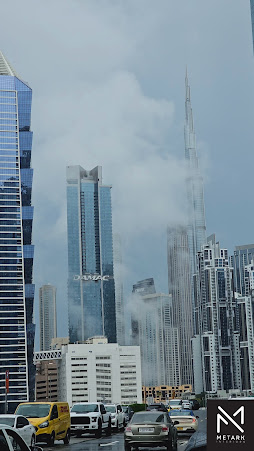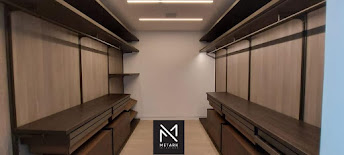 Property inspection, on the other hand, is a broader term that can refer to various types of assessments conducted on a property. It can include pre-purchase inspections, which are typically done before buying a property to identify any existing issues or potential problems. These inspections cover the structural integrity of the building, its mechanical systems, electrical wiring, plumbing, and more. Property inspections can also be conducted for insurance purposes, to assess damage after events like storms or fires, or as part of routine maintenance to ensure the property remains in good condition. snagging is a specific type of property inspection focused on identifying defects in newly constructed properties, while property inspection encompasses a broader range of assessments conducted on properties for various purposes.
Property inspection, on the other hand, is a broader term that can refer to various types of assessments conducted on a property. It can include pre-purchase inspections, which are typically done before buying a property to identify any existing issues or potential problems. These inspections cover the structural integrity of the building, its mechanical systems, electrical wiring, plumbing, and more. Property inspections can also be conducted for insurance purposes, to assess damage after events like storms or fires, or as part of routine maintenance to ensure the property remains in good condition. snagging is a specific type of property inspection focused on identifying defects in newly constructed properties, while property inspection encompasses a broader range of assessments conducted on properties for various purposes.
Snagging
Snagging refers to the process of identifying and documenting defects or issues in a newly built property before the buyer takes possession. The primary goal of snagging is to ensure that the property meets quality standards and that any defects are rectified by the developer before the buyer moves in. Snagging typically uncovers a range of issues, including cosmetic imperfections (e.g. paintwork, scratches), functional problems (e.g.: faulty appliances, plumbing issues), and structural concerns (e.g. cracks in walls, uneven flooring). This involves a thorough walkthrough of the property by a professional snagging inspector, who meticulously examines each area and creates a snagging list detailing identified defects. Once the snagging list is compiled, it is presented to the developer for rectification. The developer is usually responsible for addressing the identified issues within an agreed-upon timeframe.
.png)
Property Inspection
Property inspections can occur at various stages, including pre-purchase inspections, construction inspections, and post-construction inspections. Inspections cover a wide range of aspects, including structural integrity, electrical and plumbing systems, HVAC systems, roofing, and compliance with building codes and regulations. Property inspections are typically conducted by certified inspectors with expertise in building construction and inspection techniques. Inspection findings are documented in a detailed report, which includes photographs and descriptions of any defects or issues identified during the inspection. Effective property inspections help mitigate risks for buyers by identifying potential problems early on, allowing them to make informed decisions about their investment.
Integration of Snagging and Property Inspection.jpeg)
Combining snagging and property inspection offers a more comprehensive assessment of the property's condition, addressing both new construction defects and existing structural, functional, and safety concerns. By addressing defects and ensuring the property meets quality standards, effective snagging and inspection practices contribute to maximizing the property's value and desirability in the market. Inspection findings can be used as a negotiation tool, allowing buyers to request repairs or adjustments from sellers or developers before finalizing the transaction. Snagging and inspection processes serve to protect buyers' interests by ensuring transparency and accountability in property transactions. Engaging professional inspectors or snagging specialists helps buyers navigate the complexities of property inspections and ensures thorough evaluation of the property's condition.
by
THANK YOU METARK INTERIORS
.png)
.png)
.png)
.png)
.png)
.jpg)
.jpg)
.jpg)
.jpg)
.jpg)
.jpg)


.jpeg)






.jpeg)







